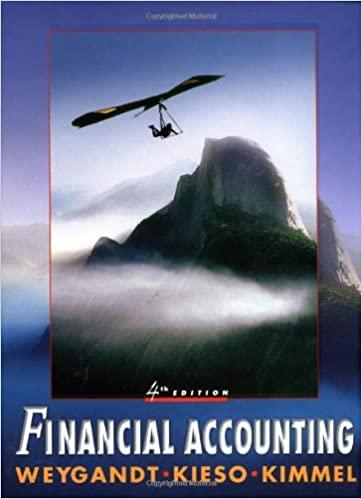you are 80 years old (Cick Be con to view the sreaent vilie annuly table ) Gick the ioon to view the deture vaioe arnisity tabie.) (cick the icon be vew the fieme value tatie) To make your tlan work ansiete the following queratens: Clok tie kon 1s vinw the quentond } The persent vatue is More info 1. How much money must you accumulate by retirement? (Hint: Find the present value of the $210,000 withdrawals.) 2. How does this amount compare to the total amount you will draw out of the investment during retirement? How can these numbers be so different? 3. How much must you pay into the investment each year for the first fifteen years? (Hint: Your answer from Requirement 1 becomes the future value of this annuity.) 4. How does the total out-of-pocket savings compare to the investment's value at the end of the 15-year savings period and the withdrawals you will make during retirement? Reference Reference Reference Reference More info 1. How much money must you accumulate by retirement? (Hint: Find the present value of the $210,000 withdrawals.) 2. How does this amount compare to the total amount you will draw out of the investment during retirement? How can these numbers be so different? 3. How much must you pay into the investment each year for the first fifteen years? (Hint: Your answer from Requirement 1 becomes the future value of this annuity.) 4. How does the total out-of-pocket savings compare to the investment's value at the end of the 15-year savings period and the withdrawals you will make during retirement? vad are NO reas dit Th inake your bian mak artwer be toluwing ouastions cack the vier to vaw the quentiqne) The cresem valive io 1. How much money must you accumulate by retirement? (Hint: Find the present value of the $210,000 withdrawals.) Calculate the present value to find out how much money must be accumulated by retirement. (Round your answer to the The present value is You are planning for a very early rotirement. You would like to retire at age 40 and have enough money saved to be able to draw $210,000 per year for the next 40 years fbased on tamly histo think you' livo to age 80). You plan to save for retirement by making 15 oqual annual installments (from age 25 to age 40 ) into a tairly risky investment fund that you expect will eam 10% per y You will leave the money in this fund untl it is completely depleted when you are 80 years old. (Cick the icon to view the present value annuliy table.) (Click the icon to view the future value annuity table.) (Click the icon to view the present value table.) (Cick the icon to view the future value table.) To make your plan work answer the following questions: (Cick the icon to viow the questions.) 1. How much money must you accumulate by retirement? (Hint: Find the present value of the $210,000 withdrawals.) 2. How does this amount compare to the total amount you will draw out of the investment during retirement? How can these numbers be so different? 3. How much must you pay into the investment each year for the first fifteen years? (Hint: Your answer from Requirement 1 becomes the future value of this annuity.) 4. How does the total out-of-pocket savings compare to the investment's value at the end of the 15-year savings period and the withdrawals you will make during retirement? Reference Reference Reference Reference





















